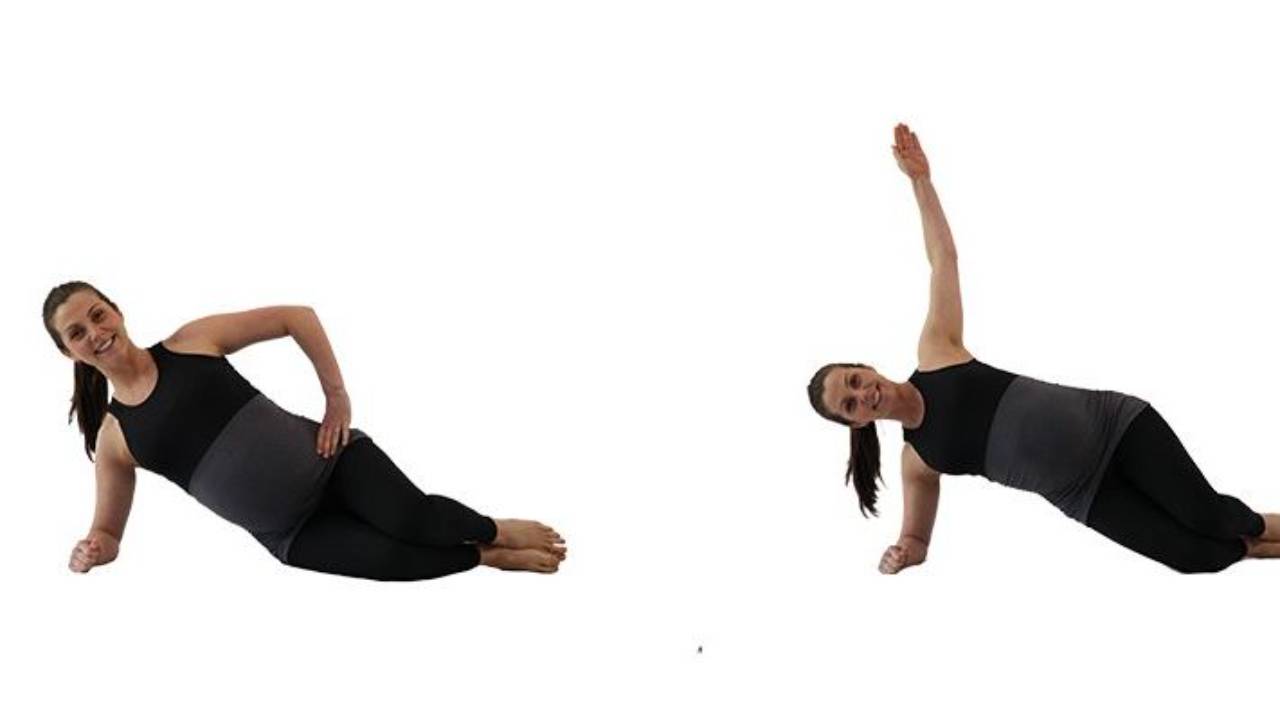As a pregnant mama, we often search Google for answers to our questions. Have you googled “Pregnancy Classes Near Me‘ only to be overwhelmed by your choices? You can choose to do in-studio classes or online classes.
My biggest advice is that you MUST ONLY choose a class that is being taught by a qualified prenatal exercise instructor.
Do You Google ‘Pregnancy Exercises Classes Near Me?
When searching for prenatal exercise classes in your area it is vital that you have trust in your instructor and understand what exercises you should avoid when pregnant.
Prenatal Exercise Classes
Participating in a prenatal exercise program has numerous health benefits which are well documented.
However, it is important that you recognise that exercise during pregnancy requires extra consideration and knowledge for a safe and appropriate program. This extends to understanding how your exercises should change with each trimester as your belly grows.
During pregnancy, both you and your developing baby are at a higher risk of exercise induced complications due to physiological and morphological changes.
Pregnancy Workouts FREE
Good Prenatal Exercise Classes Should Include:
1. Gradual warm-ups and cool-downs for prenatal circulation and avoidance of blood pooling.
2. Strength training with an emphasis on pregnancy specific muscles (e.g. pelvic floor).
3. Modified strength training appropriate for pregnant women.
4. Modifications for supine stationary standing (e.g. 4 point kneeling, sitting on a fit ball).
5. Flexibility training limited to a comfortable range of movement.
6. Appropriate low impact exercise styles.
7. Modified prenatal exercise programs when risk of overheating is raised.
8. Exercises that do not exacerbate pregnancy related musculoskeletal condition.
9. Relaxation and recovery.
10. Labor preparation.
Every Experienced Prenatal Exercise Instructor Should Avoid:
1. Sudden changes of intensity and position.
2. High impact ballistic movements.
3. Jerky or ballistic movements.
4. Any exercise that places significant load on the abdominals or pelvic floor.
5. Exercise intensities or duration that make you feel hot, exhausted or excessively sweat.
6. Any exercise that involves holding your breath (Valsalva manoeuvre).
7. Weight bearing activities beyond comfortable range of movement.
8. Extreme exercises in stationary standing that may increase the risk of fainting.
9. Contact activities (to minimise risk of falls and blows to the abdomen).
10. Any workouts that may cause or exacerbate any pregnancy related condition.
11. Stretching beyond comfortable range of movement.
12. Overstretching due to increased joint and ligament flexibility.
Credit : Source Post

